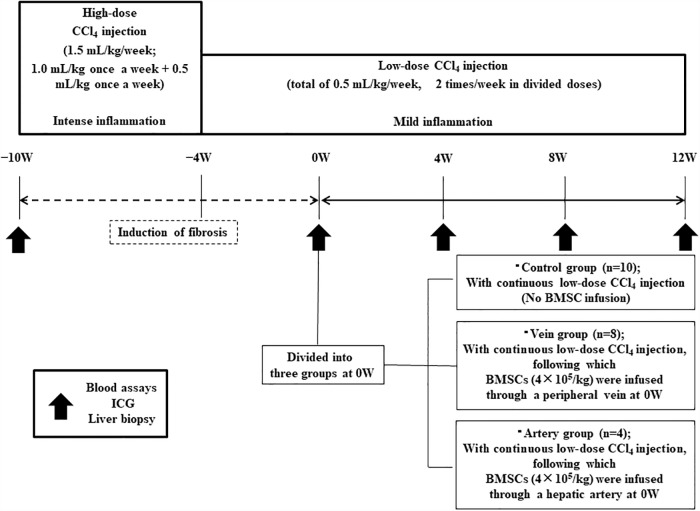Fig 1. Experimental protocol for canine model of liver fibrosis and treatment.
The canines were administered repeated carbon tetrachloride (CCl4) injections through the implanted catheter for 10 weeks (high-dose period: 1.0 mL/kg body weight once per week and 0.5 mL/kg body weight once per week for 6 weeks; low-dose period: 0.25 mL/kg body weight twice per week for 4 weeks). CCl4 was injected on the first and fourth days of each week. At 0 weeks (0W; i.e. after 10 weeks of CCl4 injections), the canines were divided into three groups. In the control group, low-dose CCl4 injection was continued for a further 12 weeks without bone marrow-derived mesenchymal stem cell (BMSC) infusion. In the Vein group, cultured autologous canine BMSCs (4 × 105/kg) were infused through a peripheral vein, and low-dose CCl4 injections were continued for 12 more weeks. In the Artery group, cultured autologous BMSCs (4 × 105/kg) were infused through a hepatic artery using angiography, and low-dose CCl4 injections were continued for 12 more weeks. In all three groups, blood assays, indocyanine green (ICG) testing, and liver biopsy based on ultrasonography were performed at −10W, 0W, 4W, 8W, and 12W, as indicated by the arrows.

